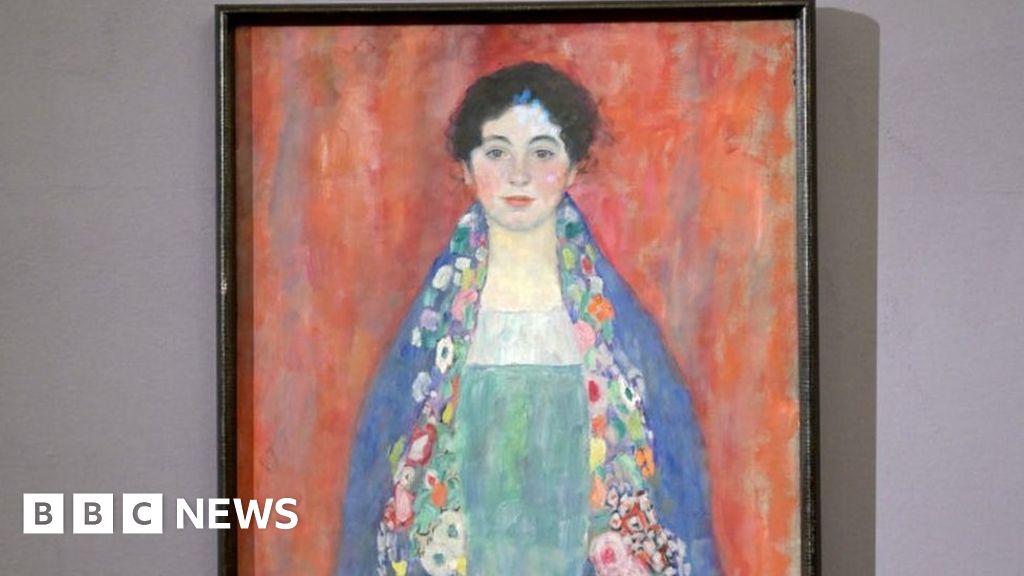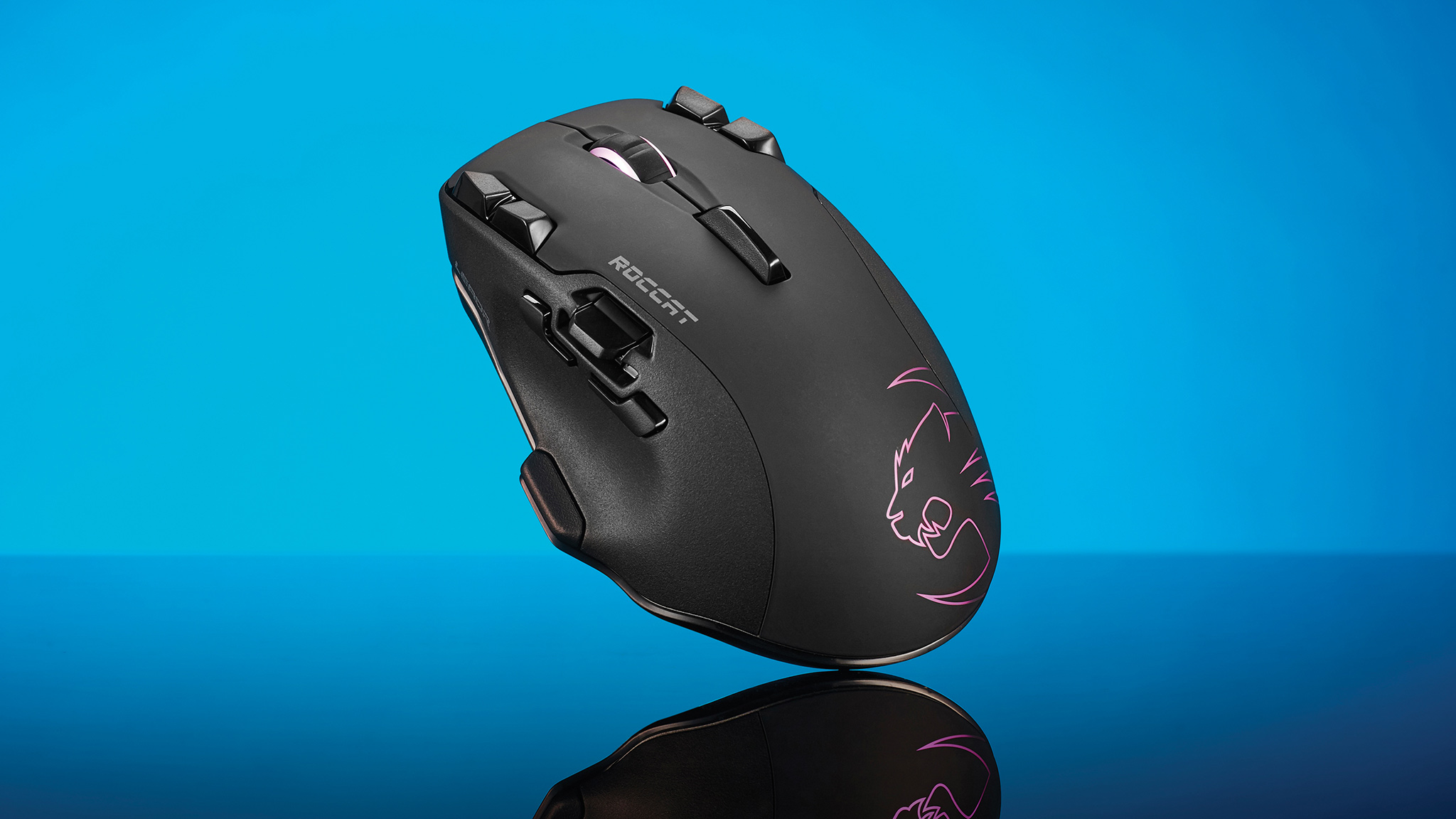2022 show
The big surprises remained far from the hardware highlights. Big gamers AMD, Intel, and Nvidia all announced what was expected and not too surprising. As scheduled, CES is the most popular trade fair for laptop chips, while new desktop generations are announced in the fall or at Computex in the summer. Yes, the RTX 3090 Ti would have been a standout, but you can’t currently call graphics cards in general. Despite the chip crunch, the show’s evolution continues. Not only on monitors, there are also interesting gaming monitors underneath TVs. The CX series among LG TVs was a milestone. With the smallest diagonal of 48 inches, the screen was almost suitable for a desk.
In principle, the difference between monitors and TVs by definition consists only in the connection of the display port on the monitors or the TV tuner on the TVs. A hint of evolution can also be felt in monitors, while in LCDs it happens gradually anyway. The 10-bit color depth is prevalent on most mid-range models, even if it’s “only” with 8-bit Frame Rate Control (FRC). This means that the panel displays 8 bits, i.e. 256 gradations originally and others display up to 1,024 gradations with a quick change of two gradations. The quotes next to “only” are intentional, because on the other hand the difference from real and original 10 bits can’t be seen, and on the other hand almost everything happens in 8 bits practically. The practical advantage is therefore limited, as for the difference between 120 and 144 Hz, we find “only” 120 on TVs, while 144 Hz is better marketed among gaming monitors. But that will also change on the TV side.
However, the actual advantages are the current versions of connections. The current UHD monitor with 120 or 144 Hz has HDMI 2.1 and DisplayPort 1.4 with DSC (Display Stream Compression). UHD resolution with 144Hz and 10-bit color depth is now possible with competing connections. The first monitors with 4K/UHD and 144Hz still had the older HDMI 2.0 and DP 1.2 standards, which required compromises; For example, UHD and 144 Hz with color downsampling (4: 2: 2) or UHD, 10 bits but only 96 Hz. Fortunately, all this is a thing of the past. HDMI 2.1 is the killer new feature that has become mandatory not only for TVs but also for gaming monitors (4K/UHD) due to the new generation of consoles. The connection competes with the display port and provides a higher data transfer rate than the current display port 1.4. It will be some time before VESA with Displayport 2.0 beats HDMI again; Also because the transfer rate of 8K and 60 Hz with uncompressed HDR is not required yet.
PC game consoles
Buy now for 0.99 €
OR FREE ADVERTISEMENTS AND ACCESS ALL ARTICLES PLUS (Monthly Subscription)
Sign up for a Plus subscription for 4.40€
Please log in to your PCGH Community account to purchase this item.
All Plus offers (monthly subscription, yearly subscription, ad-free upgrades) can be found on our booster page
The following topics can be found in the article:
- WQHD with 360 Hz
- 4K and 240Hz for the first time
- OLED is now also from Samsung
- three times left
- Asus: More OLED, more 4K
- Samsung strange display
INFO: You can purchase PCGH Plus items individually or purchase a Plus subscription.
as PCGH digital subscriber You get free access to all Plus articles.

“Unapologetic analyst. Infuriatingly humble coffee evangelist. Gamer. Unable to type with boxing gloves on. Student. Entrepreneur.”






More Stories
Turtle Beach has discontinued German toy brand Roccat
Comic Con Stuttgart 2024 is back with Gaming Zone
Sparkasse offers an “in-game calculator”.